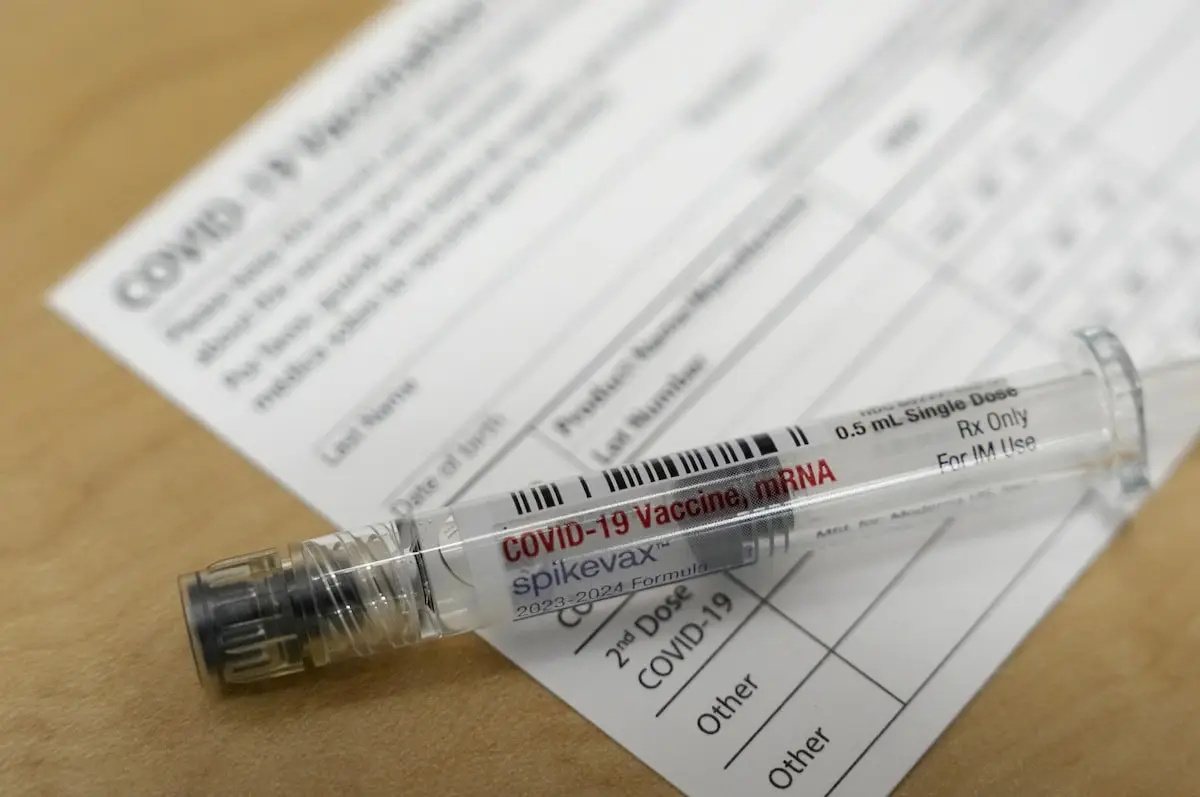- cross-posted to:
- [email protected]
- [email protected]
- cross-posted to:
- [email protected]
- [email protected]
New evidence confirms COVID-19 vaccines are overwhelmingly safe::More than 38 million COVID-19 vaccine doses have been administered in Ontario as of Oct. 8, with 23,002 reports of adverse reactions, an incidence of 0.06 per cent, Public Health Ontario says



Guys the reason this study is important is because covid vaccines used revolutionary technology, they were the first to use mRNA based protein. If you remember we sequenced its genome within 40 days the making the vaccine was considerably easy. This is the main reason it took only 2 years for the vaccine to be made compared to years of development for other vaccines.
It also means that, with this new vaccine technology, we can develop vaccines faster and faster
Let’s start the turbo-vaccine-printing-machine!
Pretty sure that mRNA printers are indeed a thing. But, you’ll probably have better efficiency if you only use it for the template and use RNA-copying enzymes for the bulk of the work.
…erm, yes… I concur 🧐
I studied this stuff back in uni, is really fascinating, though, I’m more familiar with DNA amplification via Polymerase Chain Reaction (PCR).
If you’re interested, I’ll give some details here and a link to a neat video. Effectively, there is an enzyme in our cells called DNA Polymerase. It literally scans a strand of DNA and copies it. In PCR, they use a solution of nucleotides (building blocks of DNA) and the DNA Polymerase extracted from a heat-loving microbe. The DNA to be copied (amplified) is added, and then the temperature maintained at the enzyme’s optimal temperature (higher than usual for other organisms). The solution is allowed to “stew” for a set amount of time, then, filtered to separate the DNA (lots of copies of the original) from everything else.
A similar process can be done using an RNA polymerase (possibly modified) in order to amplify mRNA. So, once the template is printed, it gets put in the solution and RNA polymerases go brrrrrr.
https://youtu.be/wJyUtbn0O5Y?si=Gkz8B87iY-35GvuZ
Here is an alternative Piped link(s):
https://piped.video/wJyUtbn0O5Y?si=Gkz8B87iY-35GvuZ
Piped is a privacy-respecting open-source alternative frontend to YouTube.
I’m open-source; check me out at GitHub.
Very interesting dude, thanks for the write up and video!
You’re very welcome!